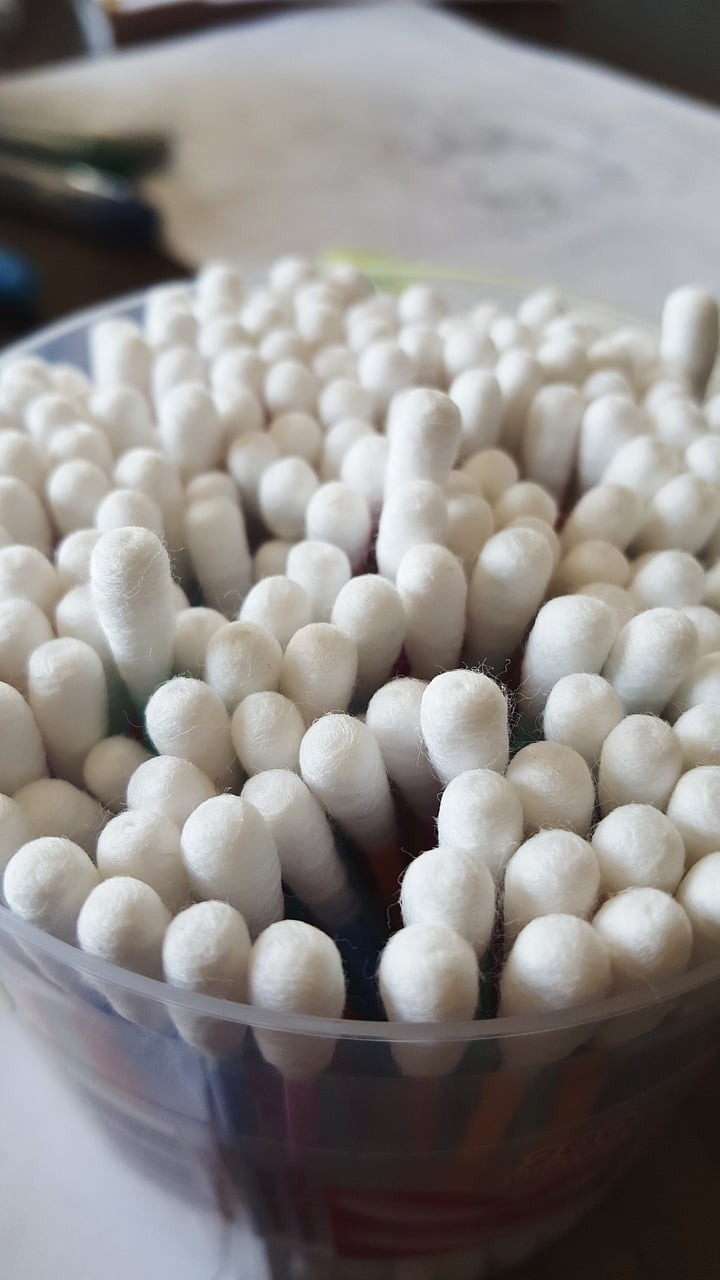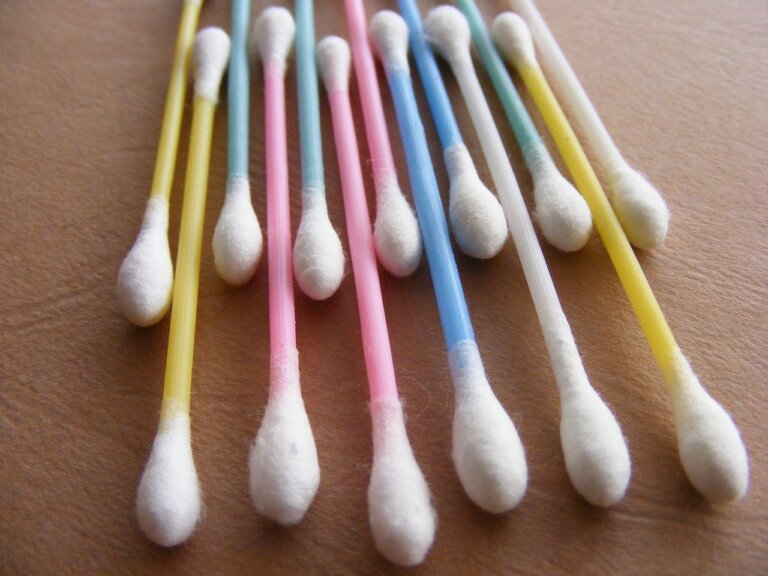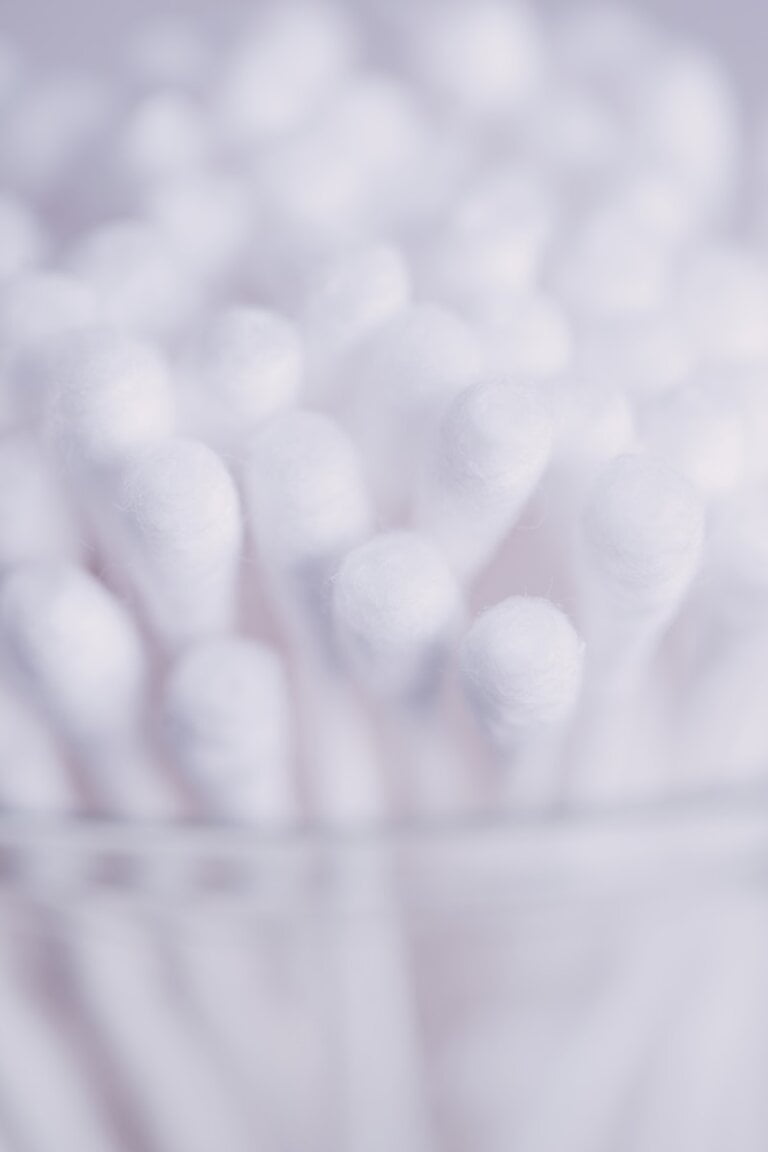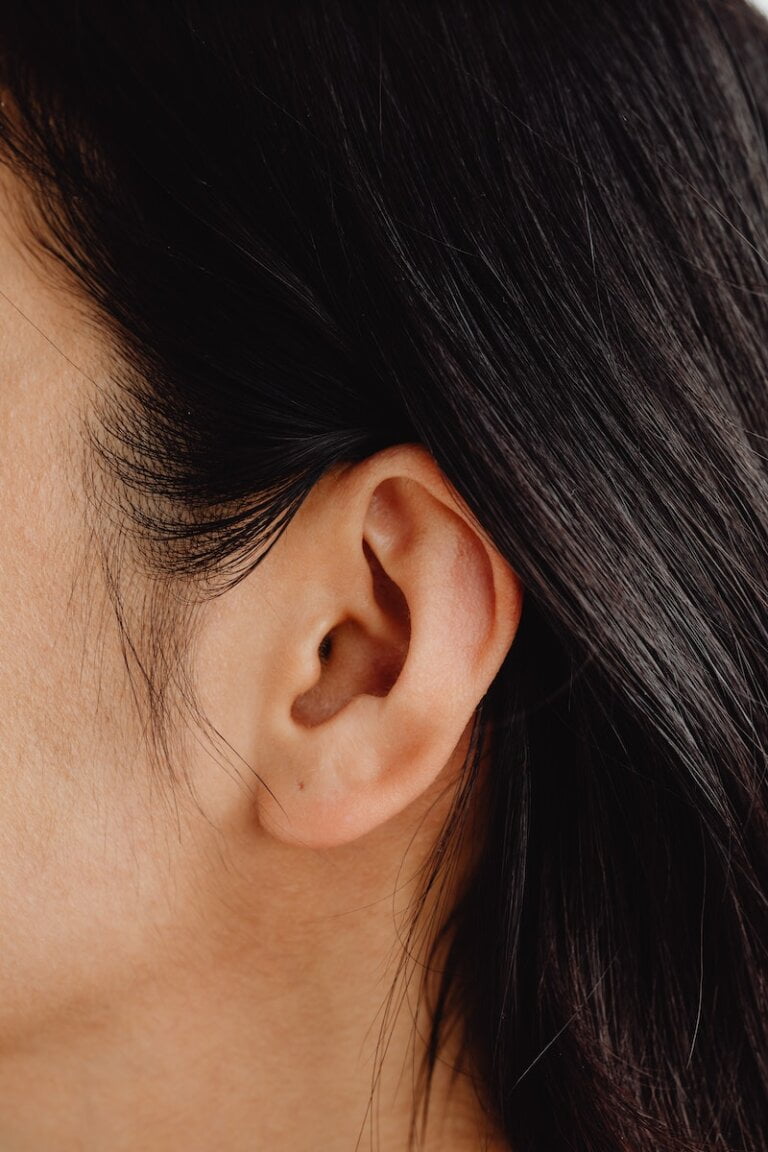The Ear’s Natural Protector: A Deep Dive into the World of Ear Wax
Ear wax, also known as cerumen, is a natural substance that is produced by the glands in our ear canal. While it may seem like a nuisance or something to be removed, ear wax actually plays a vital role in keeping our ears healthy and protecting them from various external factors. In this article, we will take a closer look at the world of ear wax, its functions, and the best practices for its care.
Understanding Ear Wax
Ear wax is a waxy, yellowish substance that is produced by the ceruminous glands in the ear canal. It is composed of a combination of dead skin cells, secretions from the glands, and various other substances. The consistency of ear wax can vary from person to person, ranging from dry and flaky to wet and sticky.
Ear wax acts as a natural lubricant and moisturizer for the ear canal, helping to prevent dryness and itching. It also forms a protective barrier against foreign particles, dust, and bacteria, which can enter the ear and cause harm or infection. Additionally, ear wax has self-cleaning properties. As new wax is produced, it gradually pushes the old wax and any trapped debris or dust outwards, effectively cleaning the ear canal. This process is known as the migration process.
Functions of Ear Wax
-
Protection: One of the primary functions of ear wax is to protect our ears from foreign particles, dust, and bacteria. It acts as a natural barrier, preventing these substances from entering the delicate inner ear and causing potential harm or infection. This protective function is crucial in maintaining the overall health of our ears and preventing the occurrence of various ear-related issues.
-
Moisturization: Ear wax helps to keep the skin of the ear canal moisturized and prevents it from becoming dry and itchy. This is especially important in arid environments or during colder months when the skin can easily become dry and prone to irritation. By maintaining proper moisture levels, ear wax ensures the optimal functioning of the ear canal and reduces the risk of discomfort or inflammation.
-
Cleaning: In addition to its protective and moisturizing properties, ear wax serves as a self-cleaning mechanism for our ears. As new wax is produced, it pushes the old wax and any trapped debris or dust outwards, helping to keep the ear canal clean. This natural cleaning process prevents the accumulation of excessive wax and debris, which can lead to blockages, hearing loss, or infections. Regular migration of ear wax ensures the overall cleanliness of the ear canal and supports optimal ear health.
Types of Ear Wax
Ear wax can be classified into two main types: wet or dry.
-
Wet Ear Wax: People with wet ear wax tend to have a higher production of ear wax, and it may have a stickier consistency. This type of ear wax is more common in populations of African or European descent. The stickiness of wet ear wax enhances its protective function by trapping and preventing the entry of foreign particles, dust, and bacteria more effectively. However, individuals with wet ear wax may also be more prone to wax buildup and blockages, requiring regular monitoring and care.
-
Dry Ear Wax: Dry ear wax is characterized by its flaky and crumbly texture. People with dry ear wax produce less wax and may experience a drier ear canal. This type of ear wax is more commonly found in East Asian populations. The dryness of this type of ear wax may result in reduced self-cleaning properties and increased susceptibility to itching or irritation. Regular moisturization and gentle cleaning practices are essential for individuals with dry ear wax to maintain optimal ear health.
The Importance of Proper Ear Wax Care
While ear wax is beneficial to our ears, it is essential to maintain proper ear wax care to prevent any potential issues or discomfort. Here are some key points to keep in mind:
-
Avoid Overcleaning: It is essential to strike a balance when it comes to ear wax removal. Overcleaning the ears can lead to dryness, irritation, and even an increased production of wax as the ear tries to compensate for the lack of moisture. It is generally recommended to let the ear’s self-cleaning mechanism work naturally and only clean the outer part of the ear with a damp cloth. Excessive cleaning or aggressive methods can disrupt the natural balance of ear wax and increase the risk of complications.
-
Do Not Insert Objects: It is crucial to avoid inserting any objects, such as cotton swabs or hairpins, into the ear canal to remove ear wax. This can push the wax deeper into the ear, potentially causing blockages or damage to the delicate structures inside. If you feel that your ears are blocked due to excessive wax buildup, it is best to seek professional help from a healthcare provider or an ear specialist. They have the appropriate tools and expertise to safely and effectively remove excess wax without causing harm.
-
Seek Professional Help if Needed: If you experience symptoms such as ear pain, persistent itching, hearing loss, or a feeling of fullness in the ear, it is advisable to consult a healthcare professional. They can assess your ears and provide appropriate treatment or guidance for ear wax removal. Professional ear wax removal may be necessary if there is a significant buildup or if you have a history of recurring ear wax problems. Seeking timely professional help can prevent complications and ensure the proper care of your ears.
Tips for Maintaining Healthy Ears
In addition to proper ear wax care, there are other steps you can take to maintain healthy ears:
-
Avoid Excessive Noise Exposure: Prolonged exposure to loud noises can damage the sensitive structures of the inner ear, leading to hearing loss and other auditory problems. Use ear protection, such as earplugs or earmuffs, when in noisy environments or when engaging in activities that produce loud sounds. By protecting your ears from excessive noise, you can preserve your hearing and prevent potential long-term damage.
-
Practice Good Ear Hygiene: Keep your ears clean by gently washing the outer parts of your ears with mild soap and water. Avoid using aggressive cleaning methods or inserting objects into the ear canal. Be cautious while using headphones or earphones, ensuring they are clean and not causing any irritation or discomfort. Maintaining good ear hygiene helps to prevent the accumulation of dirt, bacteria, or excessive wax, reducing the risk of infections or other ear-related issues.
-
Stay Hydrated: Adequate hydration is essential for maintaining the overall health of your body, including your ears. Drink plenty of water throughout the day to ensure proper moisture levels in your body and prevent dryness in your ear canal. Dryness can lead to discomfort, itching, or irritation in the ears. By staying hydrated, you support the natural moisturizing function of ear wax and reduce the risk of dryness-related problems.
Conclusion
Ear wax, despite its reputation, is a natural and necessary substance that plays a significant role in protecting and maintaining the health of our ears. Understanding its functions and implementing proper ear wax care is crucial for ensuring optimal ear health. Remember to avoid overcleaning, refrain from inserting objects into the ear canal, and seek professional help if necessary. By following these guidelines and practicing good ear hygiene, you can keep your ears healthy and functioning at their best.
FAQ
1. What is the function of ear wax?
Ear wax serves multiple functions, including protection against foreign particles, dust, and bacteria, moisturization of the ear canal, and self-cleaning properties.
2. What are the types of ear wax?
Ear wax can be classified into two main types: wet and dry. Wet ear wax is stickier and more common in African or European populations, while dry ear wax is flaky and more commonly found in East Asian populations.
3. How should I care for my ear wax?
Proper ear wax care involves avoiding overcleaning, not inserting objects into the ear canal, and seeking professional help if needed. It is generally recommended to let the ear’s self-cleaning mechanism work naturally and only clean the outer part of the ear with a damp cloth.
4. How can I maintain healthy ears?
To maintain healthy ears, it is important to avoid excessive noise exposure, practice good ear hygiene by gently washing the outer parts of the ears, and staying hydrated by drinking plenty of water throughout the day. These practices help prevent potential issues and support optimal ear health.







